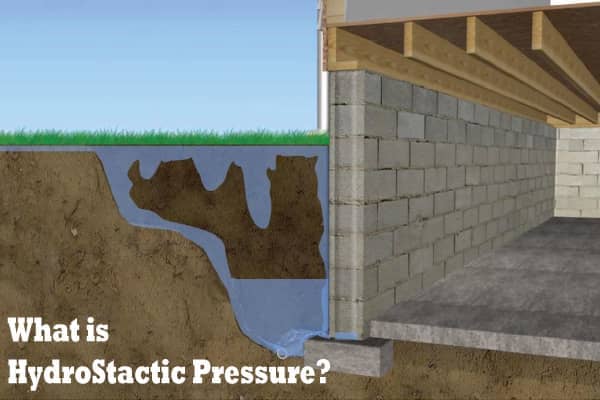The Only Guide to Best Basement Waterproofing
Table of ContentsThe Buzz on Best Basement WaterproofingGet This Report about Best Basement Waterproofing4 Simple Techniques For Best Basement WaterproofingBest Basement Waterproofing for BeginnersGetting My Best Basement Waterproofing To Work
uses excavation methods towards all-time low of the structure's structure. includes removing moisture after it has actually gone into the cellar. AdvantaClean's skilled specialists and specialists will find the water resource. If wall or piece fractures are existing, we will infuse polyurethane and epoxies right into the fractures and seal the concession, preventing more dampness from getting in.
If there's condensation on the exterior of the foil, you have high moisture in your basement. If the aluminum foil has condensation on the inside surface area (following to the wall surface), the dirt around your home may be naturally damp from a high water table or poor soil water drainage.
You can waterproof just your indoor walls, which might resolve the trouble. Or you can waterproof your outside wall surfaces, which is a better wager but even more costly. Here's the inside story on the various types: These thick coverings are cement-like. Once they dry out, they stick permanently to concrete and masonry walls (Best Basement Waterproofing).
Best Basement Waterproofing Can Be Fun For Anyone
Concrete water resistant finishes can't be used to formerly painted surface areas; check the tag. Known as densifiers, they are appropriate just for wall surfaces that haven't been repainted or secured.
You comb, roll, or spray it on much even more heavily one gallon covers just 75 square feet, not the 300 square feet regular with basic paint. Water-proof paint is great for do it yourself application. You can use it over repainted surface areas, and paint over it once it's treated (one gallon costs $37).
It can cost $10,000 to $15,000, depending upon the work required. Exterior waterproofing involves digging deep into around your home to the complete depth of the foundation walls, then installing a waterproof coating or membrane topped by drain panels. The panels supply a simple course for water to flow to an exterior French drainpipe at the end of your foundation.
We've all been captured in a storm without any umbrella or raincoat (Best Basement Waterproofing). And it's constantly a recipe for calamity: everything's damp, your hairdo is wrecked, and things are obtaining moldy. A cellar without waterproofing is kind of like that. Minus the spoiled hairdo part. Your cellar does not wish to go with a rainstorm without proper security equally as much as you don't wish to.
Best Basement Waterproofing for Dummies
If you have actually done your research study, you 'd understand there are two types of waterproofing: interior and exterior. It can get confusing what they both mean, which one's a better investment, and what will actually maintain the water out. Do not fret, we created this blog to conveniently specify both approaches for you and talk about the pros and disadvantages of each.
Outside waterproofing is a waterproofing technique that entails sealing your home from the outside. The foundation walls are then cleaned, secured, and covered with a water resistant membrane or sealer.
How Best Basement Waterproofing can Save You Time, Stress, and Money.
It's a more involved procedure that calls for excavating up your yard, which is expensive and lengthy. Outside waterproofing entails removing whatever bordering your house, consisting of porches, driveways, walkways, landscaping, a/c devices, decks, and more. If any one of the job was done incorrectly and water is still entering your basement, there isn't much you can do to correct or fix it.
Interior cellar waterproofing includes waterproofing from the inside. Any type of water that leaks into your cellar is rerouted prior to it touches your flooring.
It's an effective method to water resistant your cellar. The downside of indoor basement waterproofing primarily has to do with the More Help installation process.
How Best Basement Waterproofing can Save You Time, Stress, and Money.
To conclude, outside and indoor basement waterproofing are both reliable techniques of safeguarding your home from water damage. Exterior waterproofing develops an obstacle that protects against water from entering your home, while indoor waterproofing redirects water that does enter your home. And it is very important to keep in mind that exterior waterproofing is an expensive and turbulent installment procedure when contrasted to indoor waterproofing.
Whichever approach you pick, see to it you select a trusted and reliable contractor for the task. Both methods call for experienced workers to deal with the work. If a fantastic read you have any type of questions regarding cellar waterproofing, please connect to us. And if you remain in our service location and have water in your cellar, contact us for you could try this out a free, no-obligation home assessment.
You can fill in our form here, begin a chat in the bottom right-hand corner, or call us at 1-800-827-0702.